What Does Royalty-Free Music Really Mean? An Ultimate Guide for Creatives
When delving into the world of music for your media projects, you may have stumbled upon the term royalty-free music and wondered what it is. It’s not an uncommon question, and understanding its complexities can totally transform how you approach your projects. Royalty-free music is an invaluable resource for creators seeking high-quality audio files without the constraints of traditional licensing.
From understanding the benefits of royalty-free music to knowing where to find it and how to use it, we’ve prepared a comprehensive guide on the subject. Dive into the article to discover the potential of royalty-free music and how it can elevate your creative projects.
What is royalty-free music?
Despite what the term may suggest, royalty-free music is not about music that’s free of cost, but rather about music that’s free of ongoing royalty obligations. It’s a type of license that allows you to pay a one-time fee to use music as many times as you want, for as long as you want. This is distinct from traditional copyrighted music where you have to pay royalties every time the music is used.
Usually, whenever copyrighted music is played—be it in a film, ad, or video game—the user is required to pay a royalty to the rights holder. These royalties can accrue either each time the music is played or over a set period, making it a recurring expense. However, with royalty-free music, it’s different. Once you purchase a royalty-free music license, you are free to use the music as much as you want, in as many projects as you wish, depending on the terms of the license; all without paying any additional royalties to the copyright owner.
Is royalty-free the same as copyright free?
It’s crucial to understand that ‘royalty-free’ does not mean ‘copyright-free.’ Copyright-free music refers to music that is not protected by copyright law, often because it’s old enough that the copyright has expired or it has been explicitly released to the public domain by the creator. Essentially, it means that copyright-free music is free to use in any way without any payment or permission needed.
At the same time, royalty-free music is still protected by copyright law, and you can’t use it without a proper license. The copyright owner—typically the music’s composer or the performing artist—grants you a license to use their music, but they retain the copyright. This is what distinguishes royalty-free from copyright-free music.
What are the benefits of using royalty-free music?
1. Cost-effectiveness
With traditional music licensing, you pay royalties each time the music is used or over a set period. This can quickly add up, especially for projects with a broad reach or long lifespan. However, with royalty-free music, you pay a one-time fee and then use the music as much as you want, making it a more economical choice for many creators.
2. Simple licensing process
Licensing music can be a complex process, filled with difficult-to-understand terms. With royalty-free music, this process is greatly simplified. You typically pay a single fee, download the track, and use it within the terms of the license. There’s no need to negotiate contracts or calculate potential royalties, saving you time and nerves.
3. Wide variety
The world of royalty-free music is vast and varied. There are countless high-quality royalty-free music tracks available across a range of genres, moods, and styles on our platform. Whether you need a catchy pop tune, dramatic orchestral music, or ambient noise, there’s a good chance you’ll find it. This allows you to tailor your soundtrack perfectly to your project, enhancing its overall impact.
4. No legal issues
By using royalty-free music, you can avoid any legal and financial consequences. As long as you adhere to the terms of the license, you’re free to use the music without fear of legal repercussions, providing peace of mind and security for your projects.
5. Ease of access
With the increase of online platforms offering royalty-free music, gaining access to high-quality music tracks has never been easier. Many of these platforms have user-friendly interfaces and advanced search features, making it straightforward to find and download the perfect track for your project.
6. Support for independent artists
Many royalty-free music tracks are created by independent artists looking to share their music and gain exposure. By choosing to use royalty-free music, you often support these independent artists, providing them with an income and encouraging a diverse and vibrant music scene.
How does royalty-free music work?
- Find a track. First, find a track you like on a platform that offers royalty-free music. For example, our vast library consists of more than 1,400,000 royalty-free audio files, providing a wide range of options in different genres and moods.
- Purchase a license. After finding the perfect track, purchase a license for it. The cost can vary depending on the specific track, artist, and platform. If you need more than one track, multiple platforms offer monthly or yearly subscriptions with unlimited music track downloads.
- Download and use. Once you’ve purchased the license, you can download the track and use it in your projects. This could be anything from a podcast or YouTube video to an advertising campaign or film score.
- Adhere to the license terms. Even though you’ve licensed the music, you still have to follow the terms of the license agreement. These terms might limit how you can use the music, where you can distribute your project, and whether you can modify the music.
Is royalty-free music bad or poor-quality music?
One common misconception is that royalty-free music is synonymous with bad or poor-quality music. This is far from the truth. The term “royalty-free” refers to the licensing model, not the quality of the music. Many royalty-free music tracks are composed and produced by professional musicians and producers who have honed their craft over many years. They create this music with the specific intention of it being used in various media, so they understand the importance of quality.
Before a track is accepted into a royalty-free music library, it typically goes through a rigorous quality control process. This ensures that only well-composed, well-produced music is included. Besides, many royalty-free music platforms offer tracks that come with customizable elements or ‘stems’. This means you can adapt the music to suit your project, ensuring it sounds as good as possible in context.
While it’s true that there’s also poor-quality royalty-free music out there, the same can be said for any category of music. The key is to sift through libraries and find gems, which are most certainly out there. Furthermore, reputable royalty-free music platforms pride themselves on maintaining a high-quality standard for their collections.
How do you know if music is royalty-free?
If you found a perfect track for your project but aren’t sure whether it is royalty-free or not, there are a few steps to help you identify whether you can use it or not. If you use it without proper permissions, you can face legal issues and fines, so don’t disregard this process.
1. Check the source
The first place to check is the platform where you found the music. Reputable royalty-free music sites clearly label their music as royalty-free, providing detailed information about the license for each track. If the website doesn’t clearly state that the music is royalty-free, it’s best to assume it’s not.
2. Read the license agreement
Even if the music is listed as royalty-free, it’s crucial to read the license agreement. The agreement should provide information about how you can and cannot use the music. For example, the license might restrict certain uses or require attribution to the artist.
3. Contact the artist or rights holder
If you’re still unsure whether a particular track is royalty-free, one of the best options is to reach out directly to the artist or rights holder. They can provide clarity on the licensing status of the music and may even be able to provide a licensing agreement if one is not already available.
Can you use royalty-free music for commercial use?
The short answer is ‘yes’ — you can use royalty-free music for commercial use, but you must ensure you have the correct type of license for it. A commercial license is typically designed for any use intended to promote a business, product, or service, including monetized YouTube videos, ads, or marketing campaigns. Yet, the specific terms of a commercial license can vary, so it’s essential to follow the license agreement. For instance, some platforms offer different licenses with the cost varying based on factors like the size of the audience or the type of usage. A license for a global advertising campaign would typically cost more than one for a locally-targeted one.
What happens if you use copyrighted music without a license?
It’s essential to respect copyright laws and the rights of music creators. Using copyrighted music without a proper license can lead to serious consequences you should be aware of. Some of them are:
1. Removal of your content
If you’ve used copyrighted music in your content (like a YouTube video or a podcast), the content could be marked by automated detection systems, such as YouTube’s Content ID system, and get removed.
2. Account suspension
Repeated offenses often result in more serious penalties. For example, if you continuously post videos with unlicensed copyrighted music on YouTube, your account could get suspended or even terminated.
3. Legal action
The copyright holder has the right to take legal action against you. If they choose to do so, you could be sued for copyright infringement. This could result in fines or even more serious punishments in more severe cases. The cost of such legal disputes can be high, not only in terms of money, but also time and stress.
4. Loss of revenue
If you’re generating revenue from your content, unauthorized use of copyrighted music can also lead to loss of income. For instance, on platforms like YouTube, ad revenue could be redirected to the copyright holder instead of going to you.
5. Damage to reputation
Using copyrighted music without permission can harm your professional reputation. It signals a lack of respect for other creators’ rights and can dissuade potential collaborators or partners.
Find the perfect soundtrack to transform your project!
Whether you’re creating a video, podcast, or any other media, we have the ideal music for it. Discover the Depositphotos library of over 1,400,000 high-quality royalty-free audio files and sound effects. With its extensive selection, easy navigation, and reliable legal coverage, finding the perfect soundtrack for your project has never been simpler and more cost-effective.
Discover LibraryTo wrap up
So, in essence, what does royalty-free music mean? It means the freedom to use licensed music without the burden of recurring royalty fees. This gives you the flexibility to enhance your work with quality music; all without worrying about increasing costs or complicated licensing agreements. Dive into the world of royalty-free music and let your creative works resonate with the perfect tune.
Other articles you might find interesting
Generating Music with AI: How it Works
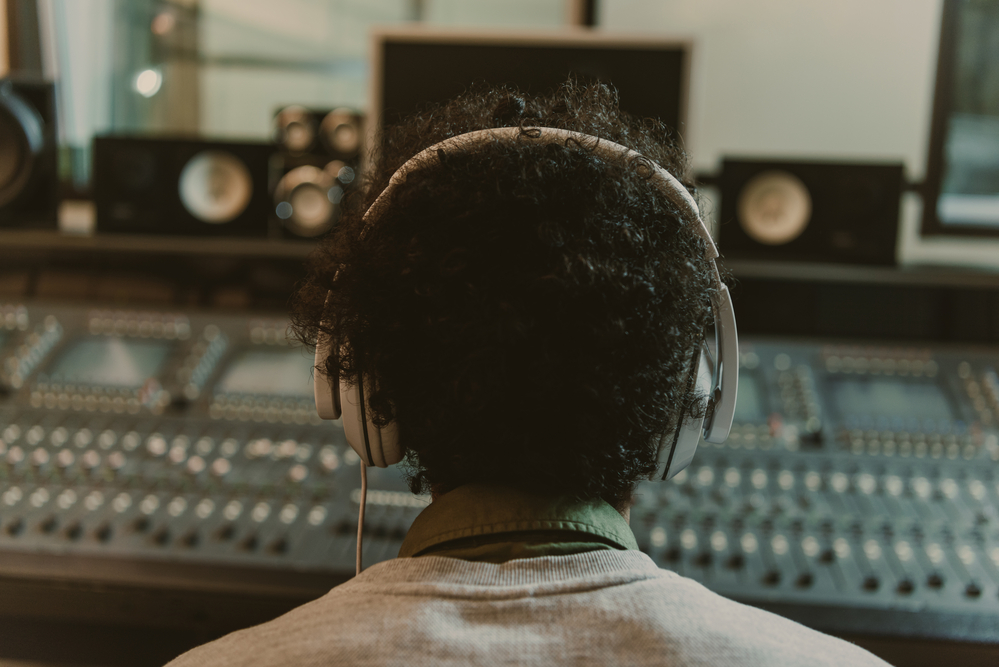
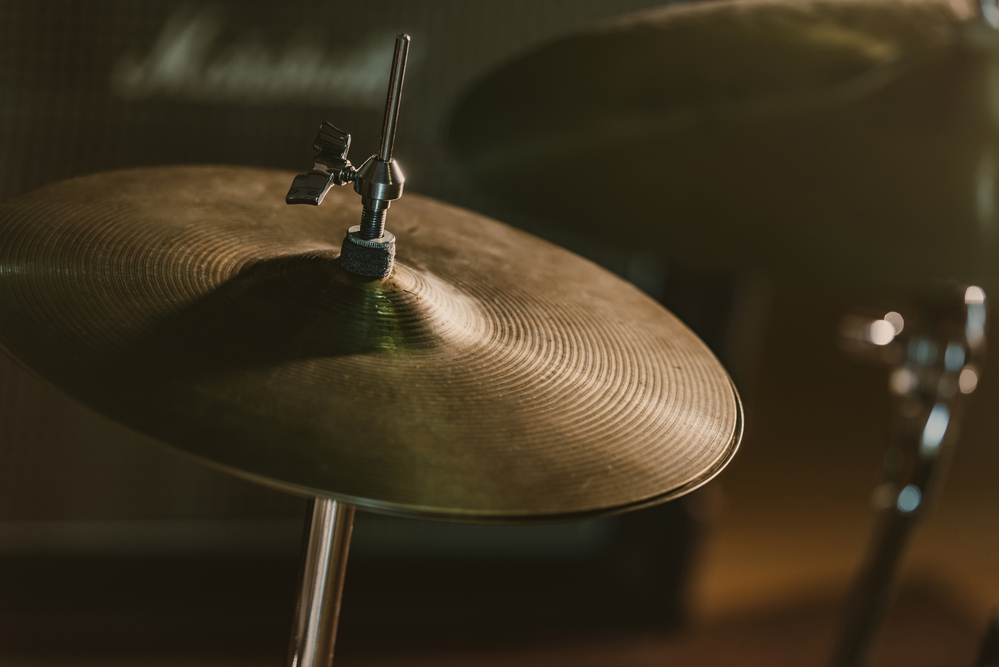

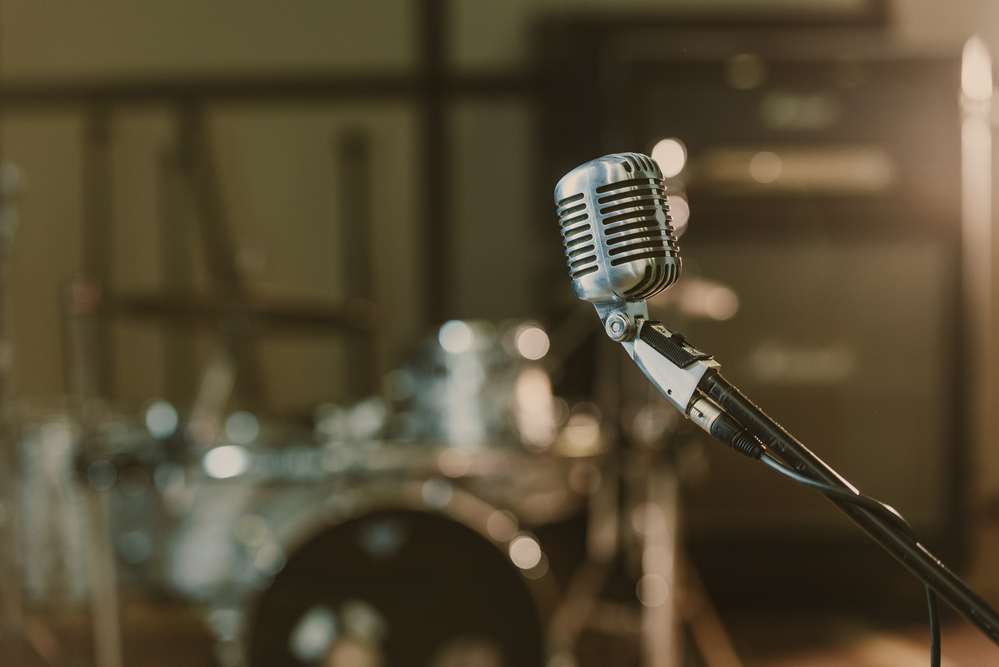
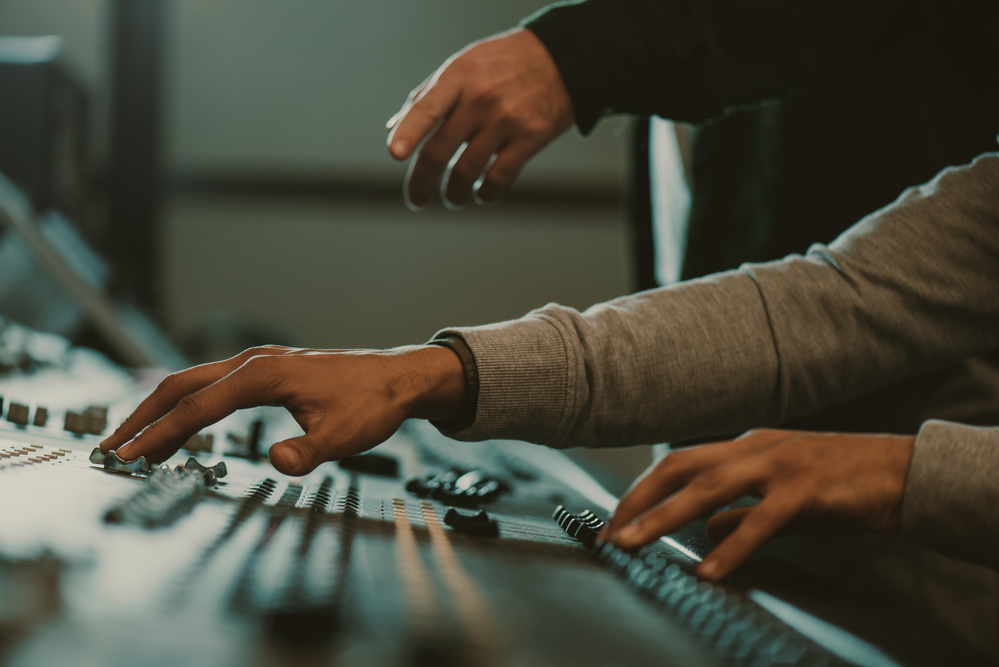
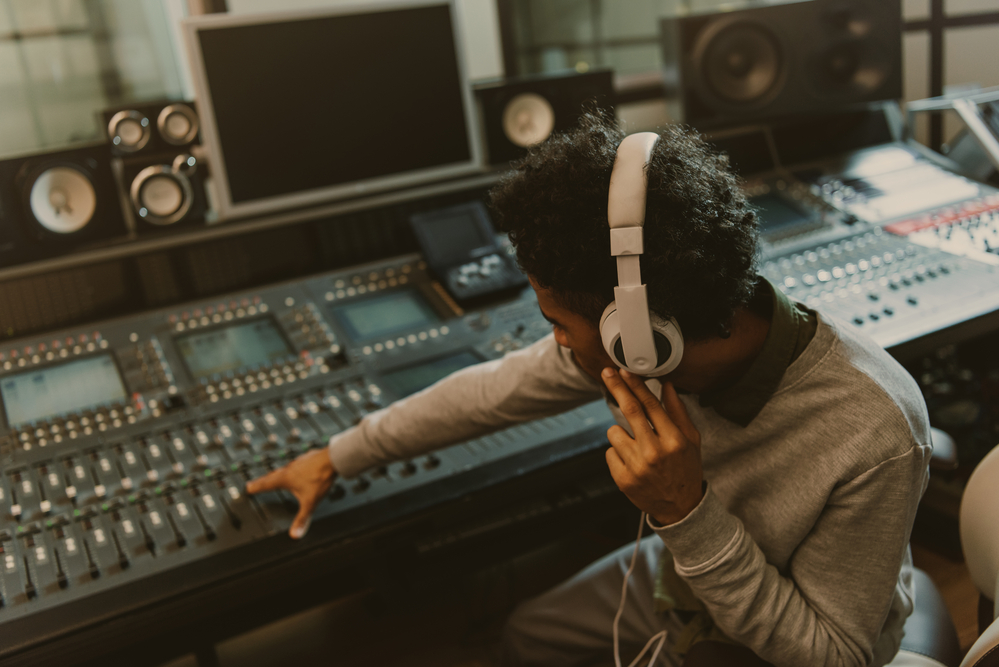

![2021 Guide on Choosing Music for Ads, Videos, Podcasts [Music Collections Included]](https://depositphotos-blog.s3.eu-west-1.amazonaws.com/uploads/2021/02/2021-Guide-on-Choosing-Music-for-Ads-Videos-Podcasts_6.jpg)




